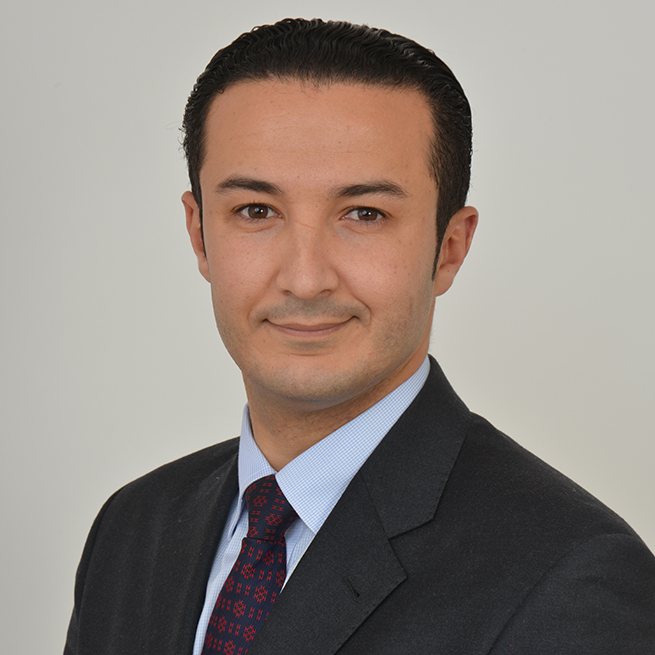High-quality and high-definition images are critical for patient screening and diagnosis. As such, it is important to learn how to optimize optical coherence tomography (OCT) settings to obtain the best images possible. Additionally, the new optical coherence tomography angiography (OCTA), aside from being non-invasive, is changing the way ophthalmologists see the retinal and choroidal vasculature.
Mr. Adil El Maftouhi, OD, Ocular Imaging Specialist at Centre Rabelais Clinic (Lyon) and at XV XX Hospital (Paris), uses the Avanti with AngioVue OCT & OCTA platform (Optovue, Fremont, CA, USA) for high-quality and high-definition imaging in the anterior and posterior segments. He relayed his tips to optimize images using Avanti with AngioVue during a Satellite Symposium of the European Society of Cataract and Refractive Surgeons annual meeting (ESCRS 2017) in Lisbon, Portugal, last October.
In the anterior segment, Mr. El Maftouhi uses Avanti OCT for cataract and IOL imaging: “We can also image the intraocular lens and bring additional information to the clinical diagnosis, such as posterior capsule opacity or sometimes opacity within the IOL.” Using OCTA in the anterior segment can help to identify retinal diseases. Mr. El Maftouhi suggests first turning the focus to +20D using retinal OCTA cube 6x6mm HD. Then pull back on the joystick and move the Z motor parameter slowly until you obtain a good B-scan. “OCTA applied to the anterior segment may produce more information compared to the slit lamp exam,” he added.
Mr. El Maftouhi also provided tips for imaging in the posterior segment: “To optimize vitreous imaging with enhanced HD line scan, acquisition must be done with the vitreal focus. Then, add +1.50 D in the initial focus to optimize the vitreous signal during acquisition. In post-processing, tune the cursor to improve the noise of the B-scan and select the vitreous setting.”
Similarly, he gave suggestions to optimize choroidal imaging, which must be done with a choroidal focus. “Decrease -1.00 D in the focus to optimize the signal,” said Mr. El Maftouhi. “To measure the choroidal thickness, set the averaging to a minimum of 100 B-scans.”
In addition to image ocular tumors, set the averaging to 200 B-scans to obtain the thickness of the lesion – the penetration depends on the tumor. In post-processing, tune the cursor to improve the noise, and select the retina setting. In addition, he notes that Widefield En Face OCT is very helpful in daily practice for both screening and diagnosis, and that recent developments in OCTA with 3D PAR have simplified the segmentation and the CNV Visualization. “Using dynamic segmentation is very useful to avoid artifacts and improve the sensitivity,” concluded Mr. El Maftouhi.





Very nice summary